In the grand scheme of World War II a small country like Vietnam might seem inconsequential. Situated along the southeastern shore of Asia, Vietnam was a prime invasion location for the Japanese, and pivotal in their moves against inland countries like Thailand and Laos, which were known as “French Indochina” before 1954.
Japan forced French authorities to relinquish control of the country in 1940, and by ’41, Vietnam was completely under its control. Following Japan’s quick exit after its 1945 surrender, Vietnam was left in absolute chaos. Despite France’s beating from Germany, it was unwilling to relinquish its control of the territory, and the disconnect sparked another bloody conflict that would leave Vietnam in turmoil for another 30 years.
The Japanese surrender and the rise of Ho Chi Minh

Talk of WWII might spark images of German cruelty, but the Japanese branch of the Axis was just as brutal in the East as Hitler and his forces were in the West. War crimes abound on the Japanese front, and its occupation of Vietnam was no different. After France received a vicious beating from Germany on the home front, it had few resources – and fewer men –to send to protect the French colonies of modern-day Laos, Cambodia, and Vietnam.
Vietnam was a prime location to import goods, both from the sea and through the northern mountains, which border China. A perfect storm of mismanagement, wartime disrupted growing seasons, and natural disasters led to a severe famine, and an estimated 1 to 2 million people starved during the spring of 1945 alone. Ho Chi Minh and the Viet Minh, roughly 10,000 guerilla fighters, were virtually the only remaining militia left to oppose the Japanese. During the famine, the group targeted Japanese warehouses to steal grain and supplies for themselves and their supporters. As neighbors, loved ones and friends starved to death more revolutionaries answered the call to join the fledgling movement.
The United States Office of Strategic Services (OSS) backed the group. The US provided medical supplies and basic training for the Viet Minh. The OSS endorsement combined with the group’s proactive attitude made Minh and his forces a trusted group in Northern Vietnam. The group gathered strength and support, and when Japan formally surrendered in 1945, Ho Chi Minh personally accepted the surrender.
5 days later, Ho Chi Minh convinced the reigning emperor, Bao Dai, to abdicate the throne and formally declared the country the Democratic Republic of Vietnam. Though the United States had supported the militia through WWII, when Ho Chi Minh wrote to then-president Truman for assistance in having the Democratic Republic recognized, the President refused to respond and ghosted his former proxy fighters.
The Allies had agreed, without support from any Vietnamese parties, that China would be responsible for Northern Vietnam. The southern part of the country was promised to the British, but the British – sympathetic to the French, who had “lost the colony” to Japan – relinquished the territory to the Free French legions when they arrived. Though the Chinese had already moved in on northern Vietnam by 1946, they agreed to return the territory to the French with the caveat that France would relinquish Shanghai to Chinese control. Under the guidance of the reinstalled French regime, the Viet Minh massacred supporters of rival nationalist movements in Vietnam. But still, there was no true treaty between the French and the Vietnamese.
Understanding that his party was at a disadvantage, in 1946 Ho Chi Minh dissolved the Indochina Communist Party and called for a free election. He consented to the idea that Vietnam was a “Free State” in the French Union, and acquiesced to the return of French forces in northern Vietnam on the condition that they only stay for 5 years. He journeyed to France to continue negotiation, but in his absence, the French unilaterally declared southern Vietnam French territory as well.
The decision was met with blowback, but France violently quelled any uprisings. Peace was temporarily established along with the State of Vietnam, which reunited the Northern and Southern halves of the country – albeit under French military, diplomatic, and economic control.
The French IndoChina war
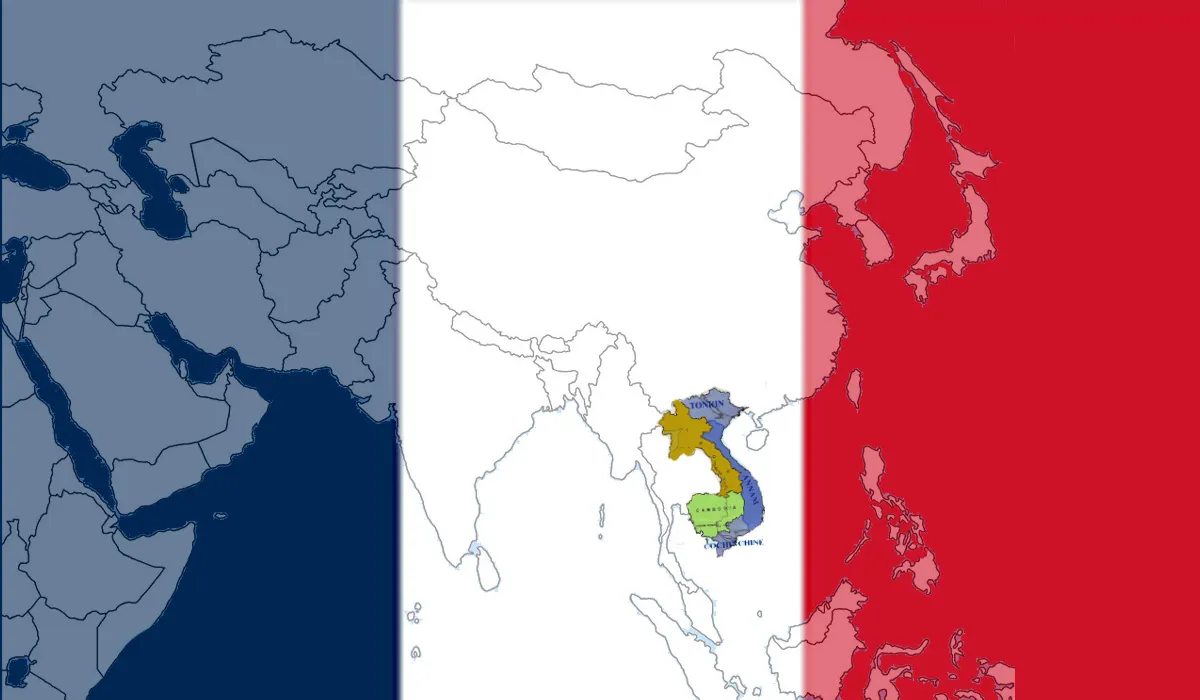
By the end of 1946,negotiations were at a standstill. While the Vietnamese sued for peace, the French massacred civilians. When 6000 Vietnamese were killed in the bombardment of Hai Phong, Ho Chi Minh abandoned hope of diplomacy and declared war. The Vietnamese were armed with machetes and muskets, but held their own with fabricated biological weapons, like burning straw laced with chili powder, and by destroying valuable infrastructure.
The fight raged for years before Minh tried again to negotiate for peace, but he refused to accept the French’s request for several Japanese war criminals to face tribunal, and the talks stalled yet again.
The refusal of the Allies to acknowledge the independence of Vietnam came back to bite them in 1949, when the People’s Republic of China(PRC), a freshly installed Communist regime, acknowledged Vietnam’s declaration of independence. By 1950, Minh broke the French border blockade between Vietnam and China and met with fellow communist leaders Mao Zedong and Joseph Stalin.
The Viet Minh guerillas suddenly had a firm hold on the mountains of Vietnam, which was not only a superior tactical position but allowed for a steady flow of supplies from the PRC. While the Viet Minh were nationalists seeking freedom from French colonial rule, they were falling deeper into the control of the communists. By 1950 – the same year America went to war with Korea – the US began funding the French War effort. By 1954, it was funding nearly 80%.
The superior French weapons were expected to make quick work of the Vietnamese, but the tables turned quickly. Despite 3 battalions of French paratroopers descending near Hanoi, The Viet Minh were ready, having hauled some 76 anti-aircraft guns up the mountainside. Aerial bombardment stopped the French from receiving supplies, and after more than 50 days of fighting, the French were forced to surrender in 1954 when they ran out of ammunition.
The Geneva Accords were ratified in May 1954, and following the catastrophic French defeat, Vietnam, Laos, and Cambodia were granted independence. Much like Korea, Vietnam was separated along the 17th parallel, making it 2 distinct parts. Ho Chi Minh was granted the North, and the South, where the Viet Minh were much weaker, was left in the control of emperor Bao Dai – who left with the French and appointed a new Prime Minister, Ngo Dinh Diem.
The first Vietnamese president and the start of the Vietnam War
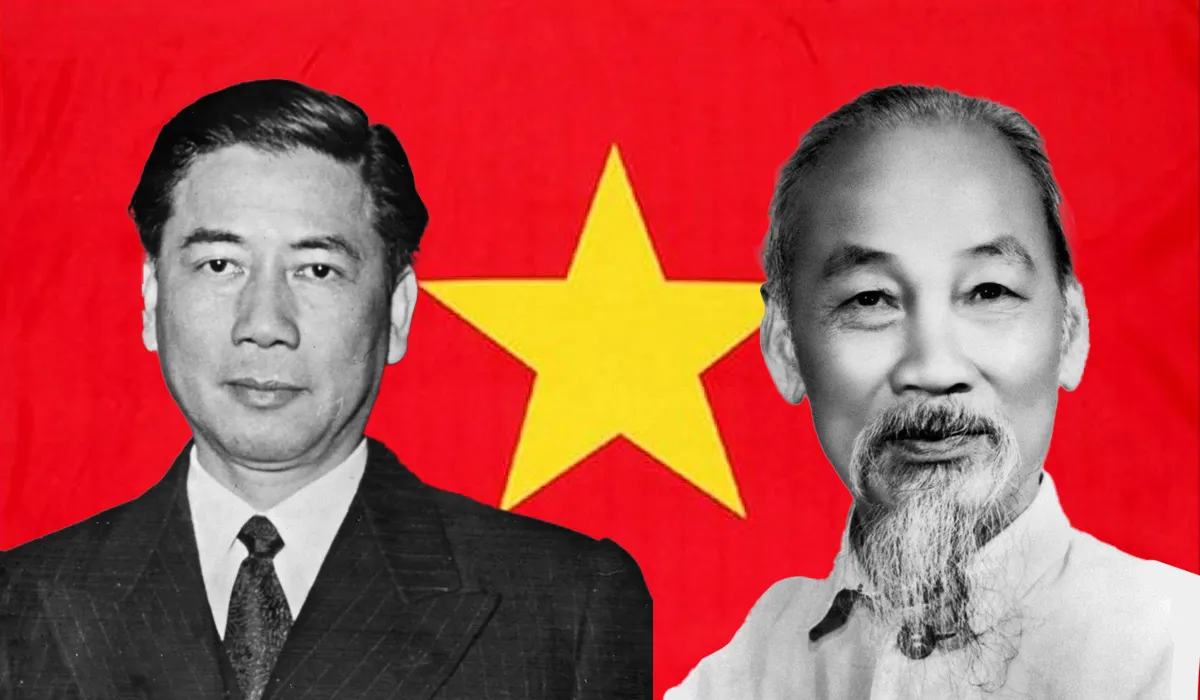
With Bao Dai out of the country, it was easy for Diem to remove him as head of state. Though there were plenty who felt the election was rigged, Diem’s staunch anti-French, anti-communist stance made him popular with the West. He proclaimed the South the Republic of Vietnam and announced that he wouldn’t consort with the North during elections – ironically citing suspicions that any air election would be rigged – and the “temporary” North/South split became permanent.
The United States sent a few thousand troops to assist Diem’s troops in pursuing counter-insurgency tactics against the relatively small number of remaining guerillas, but the aggressive move lit the spark for the 2nd Indochina War. Diem quickly proved to be unopular, potentially corrupt, and surrounded by incompetence. After he banned celebrations of the Buddha’s birthday in 1964 (in a primarily Buddhist country), peaceful protests erupted around the country. When images of monks self-immolating were circulated abroad, Diem lost favor in the West.
Some theorize that the US might have arranged for a military coup to overthrow him, but regardless of how exactly it came to pass, Diem was murdered in 1963. There were 8 more coup attempts, and it wasn’t until 1965 that a new president was elected, and South Vietnam became the so-called Second Republic of Vietnam.
While southern Vietnam was in turmoil, the North launched an attack on the US in 1964. Some 23,000 Americans were located in the country, but the first ground troops were deployed in 1965, officially kicking off the Vietnam War. After 10 more years of fighting, Northern Vietnamese troops captured Saigon, ending the war and unifying Northern and Southern Vietnam.

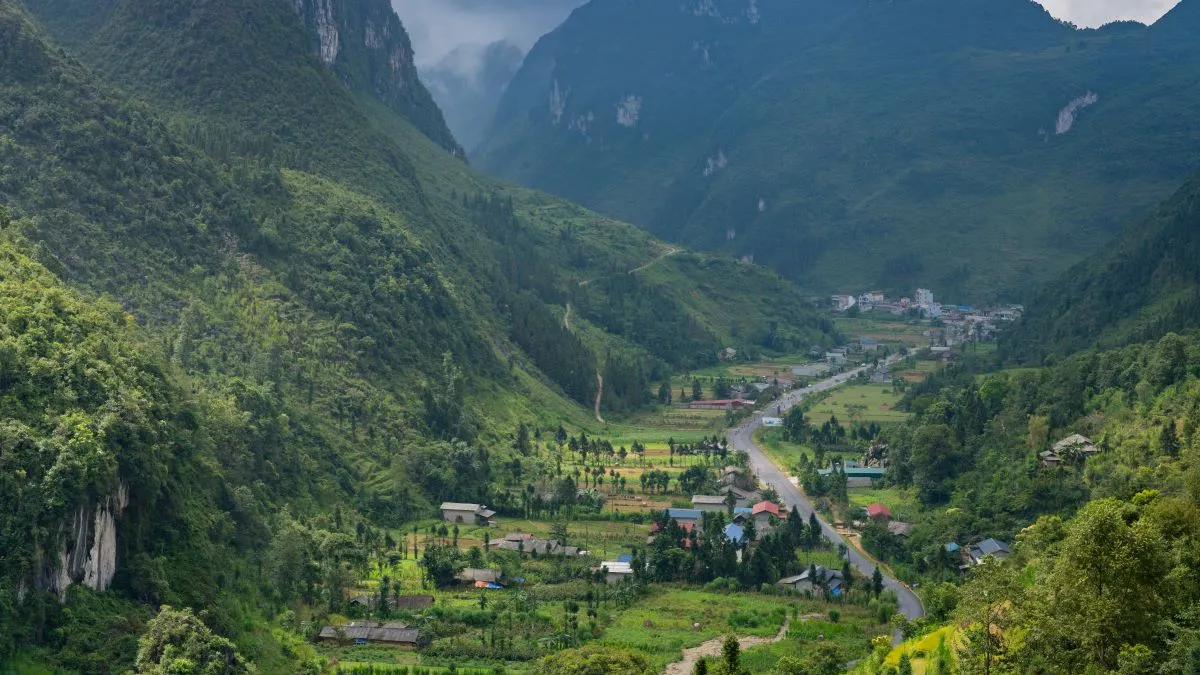
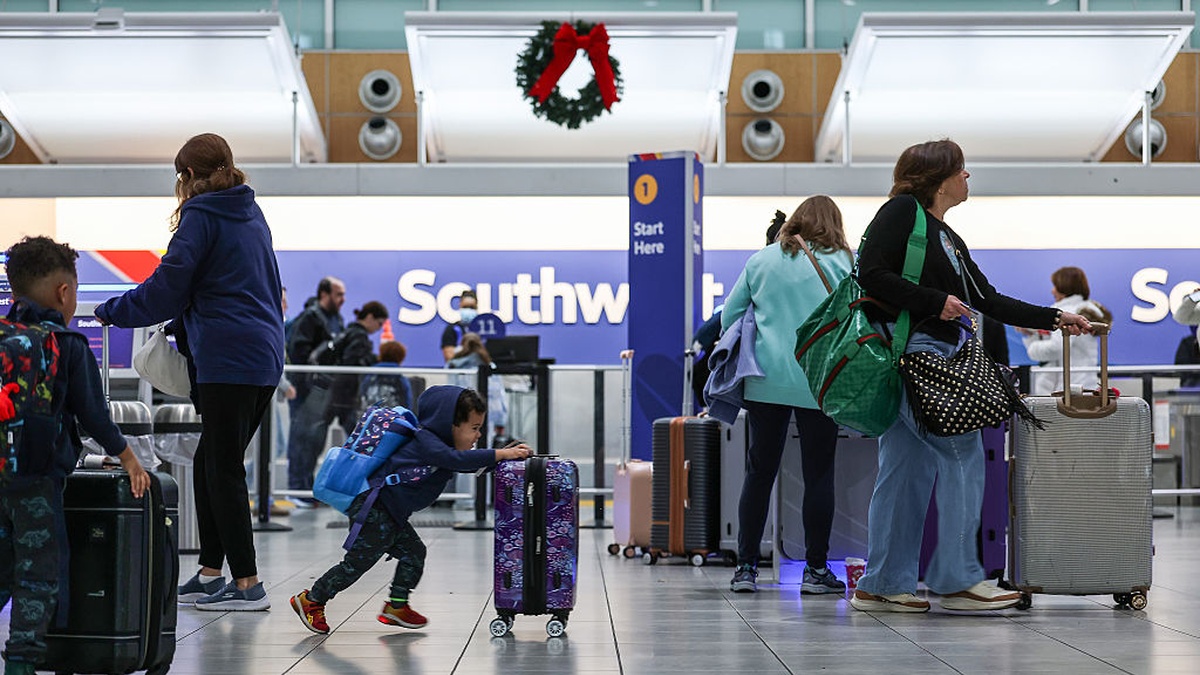
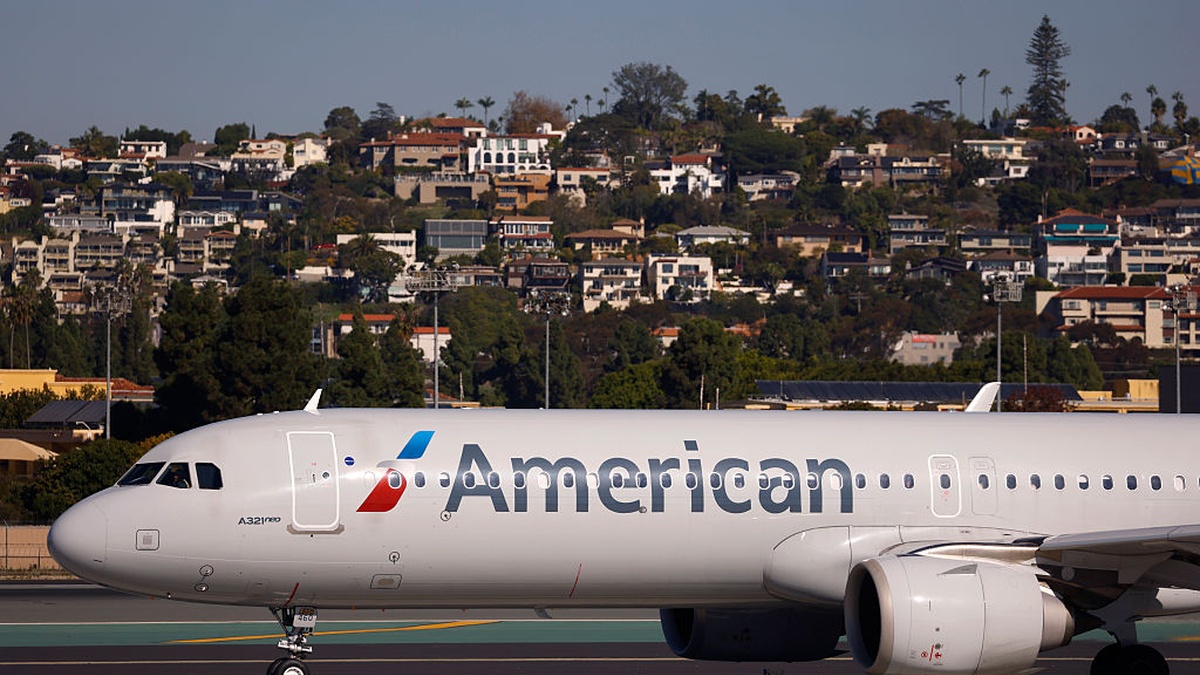

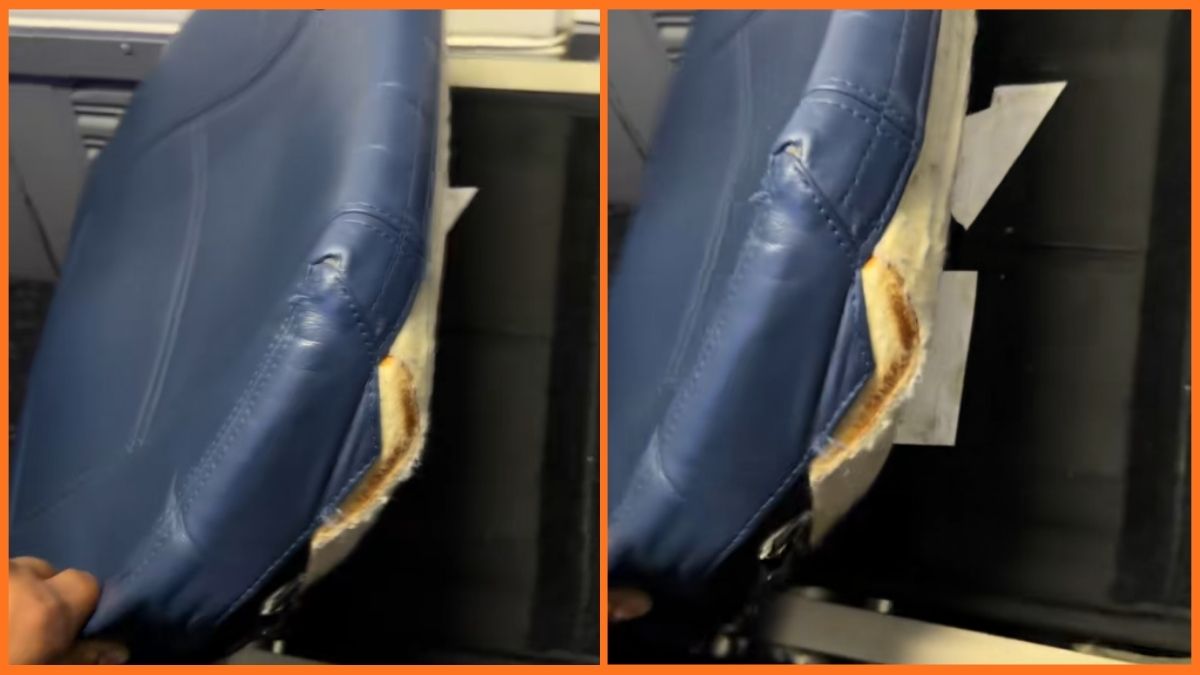


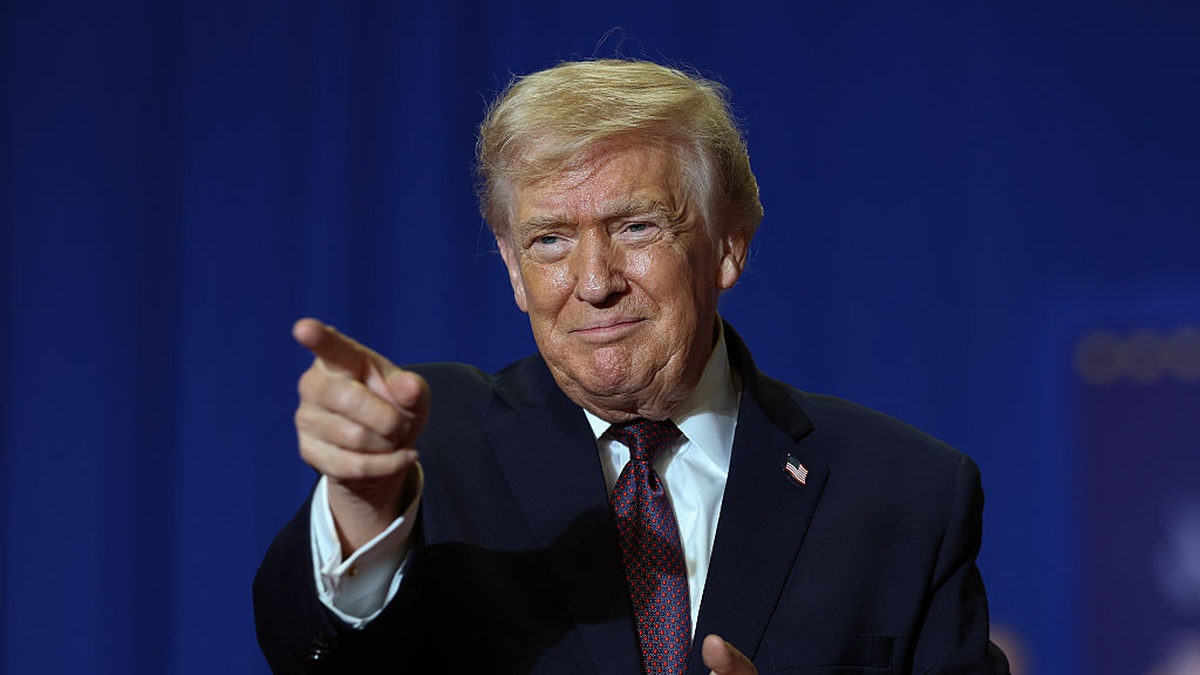
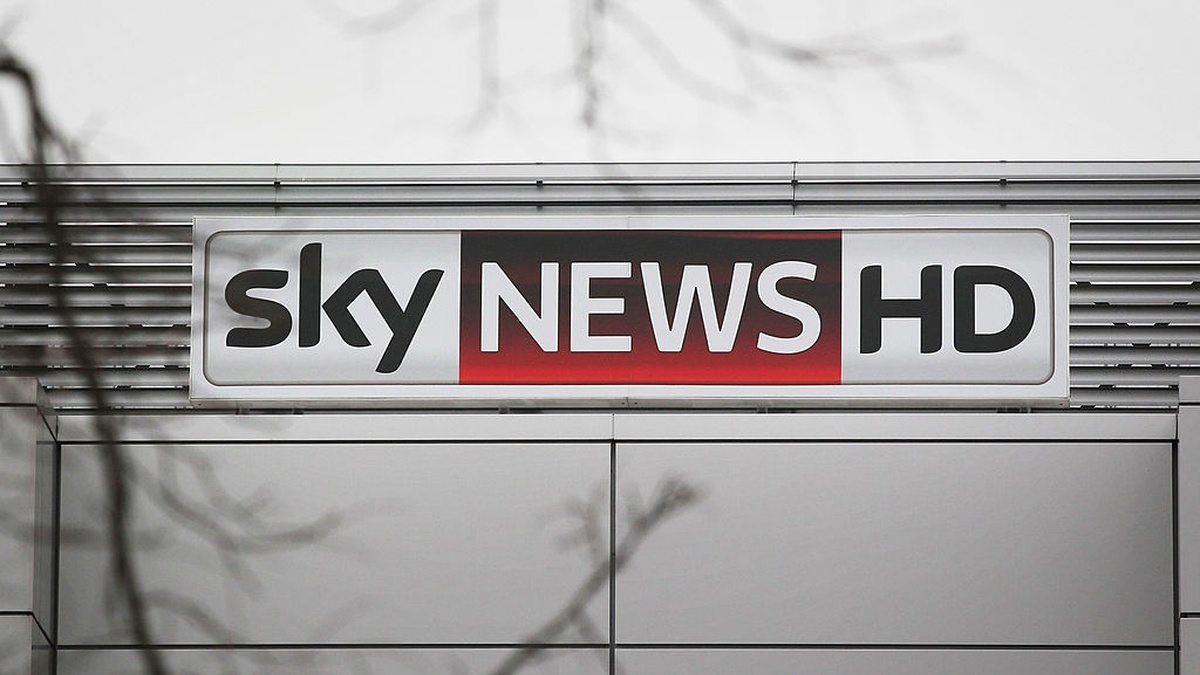

Published: Apr 23, 2024 09:03 am